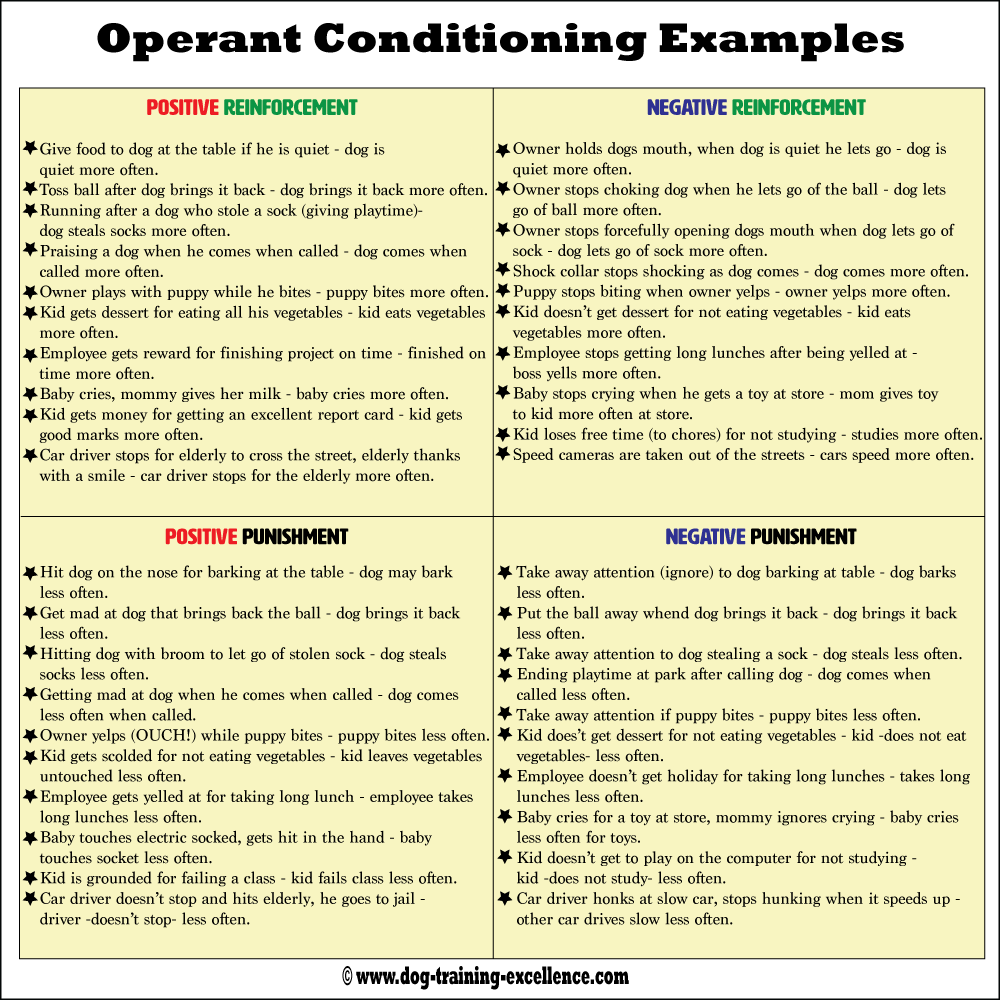Beethoven: Piano Sonata No.1 in F minor Analysis.
Beethoven Piano Sonata No.1 in F minor, Op.2 No.1 Analysis. A detailed guide that analyzes the structural, harmonic and thematic frame. 1. Allegro 2. Adagio 3. Menuetto - Allegro 4. Prestissimo.
In this essay, I shall demonstrate how this approach to tonality works in an analysis of the first movement of Brahms's Cello Sonata in E minor, op. 38. My goal is both to contribute to an understanding of Schoenberg's unique conception of tonality and to enhance our appreciation of this.
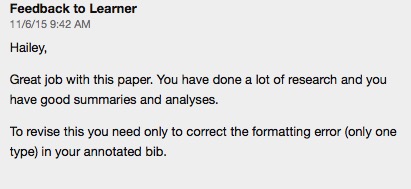
Clara Wieck-Schumann: Piano Trio in G minor, Op. 17, movement 1 (for component 3: Appraising) Background information and performance circumstances The composer Clara (Wieck) Schumann was born in Leipzig, Germany, in 1819 and died in Frankfurt in 1896. She was best known in her lifetime as a concert pianist, but her reputation as a.

A FORMAL ANALYSIS OF FOUR SELECTED PIANO CONCERTOS OF THE ROMANTIC ERA by MELINDA ANN ERICKSON, B.M. A THESIS IN MUSIC LITERATURE Submitted to the Graduate Faculty of Texas Tech University in Partial Fulfillment of the Requirements for the Degree of MASTER OF MUSIC Approved Accepted August, 1974.

The Piano Quartet No. 1 in G minor, Op. 25, was composed by Johannes Brahms between 1856 and 1861. It was premiered in 1861 in Hamburg, with Clara Schumann at the piano. It was also played in Vienna on 16 November 1862, with Brahms himself at the piano supported by members of the Hellmesberger Quartet. Like most piano quartets, it is scored for piano, violin, viola and cello.

Beethoven, The Five Cello Sonatas The five cello sonatas by Ludwig van Beethoven (1770-1827) span and represent his three master periods. The two sonatas of Op. 5 come from his early Viennese years; the great A Major Sonata (Op. 69) is the single representative of his incredible middle period; and the two Op. 102 sonatas epitomize his late.

Johannes Brahms, 1833-1897 Quintet for Clarinet and Strings in b minor, Op. 115, 1891. A Late Walk. When I go up through the mowing field, The headless aftermath, Smooth-laid like thatch with the heavy dew, Half closes the garden path. And when I come to the garden ground, The whir of sober birds Up from the tangle of withered weeds Is sadder than any words. A tree beside the wall stands bare.
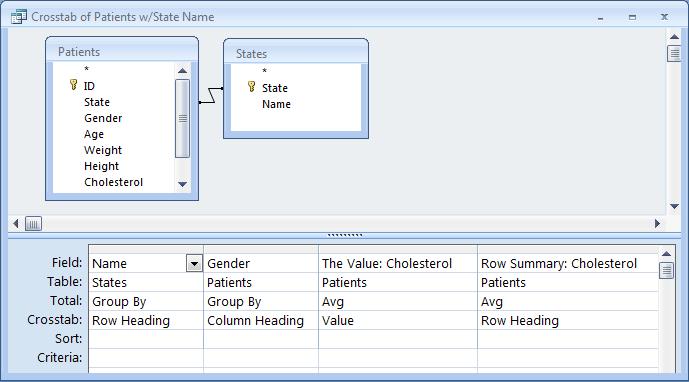
The three-movement Sonata must be altered somewhat if it is to be played on cello or viola: the arpeggione possessed six strings, tuned to the same pitches as a guitar's, and the resulting extended range can cause problems when the piece is transcribed; in most editions, certain portions of the piece are transposed up or down an octave from.
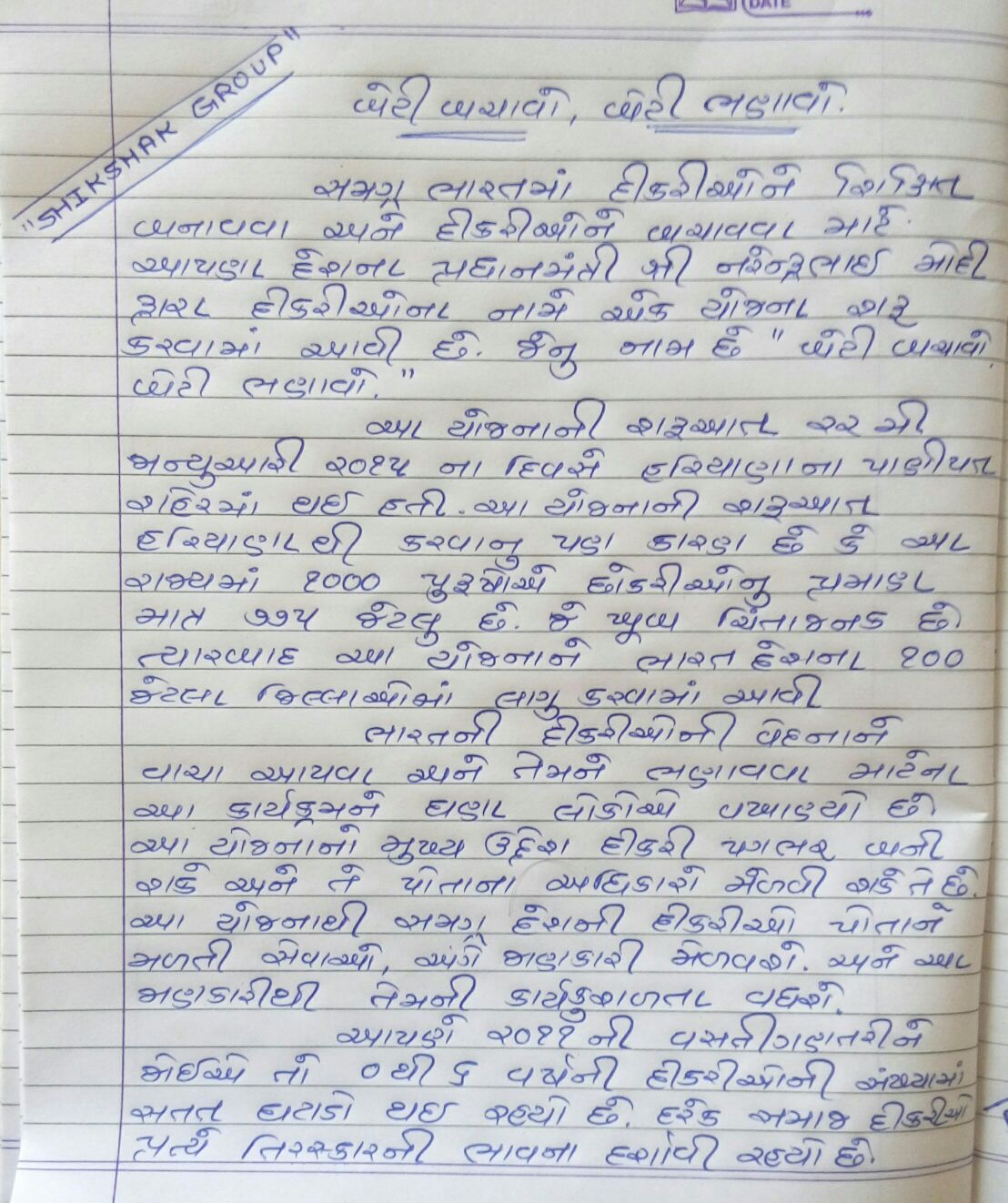
Johannes Brahms Johannes Brahms; 7 May 1833 - 3 April 1897) was a German composer and pianist. Born in Hamburg into a Lutheran family, Brahms spent much of his professional life in Vienna, Austria, where he was a leader of the musical scene.
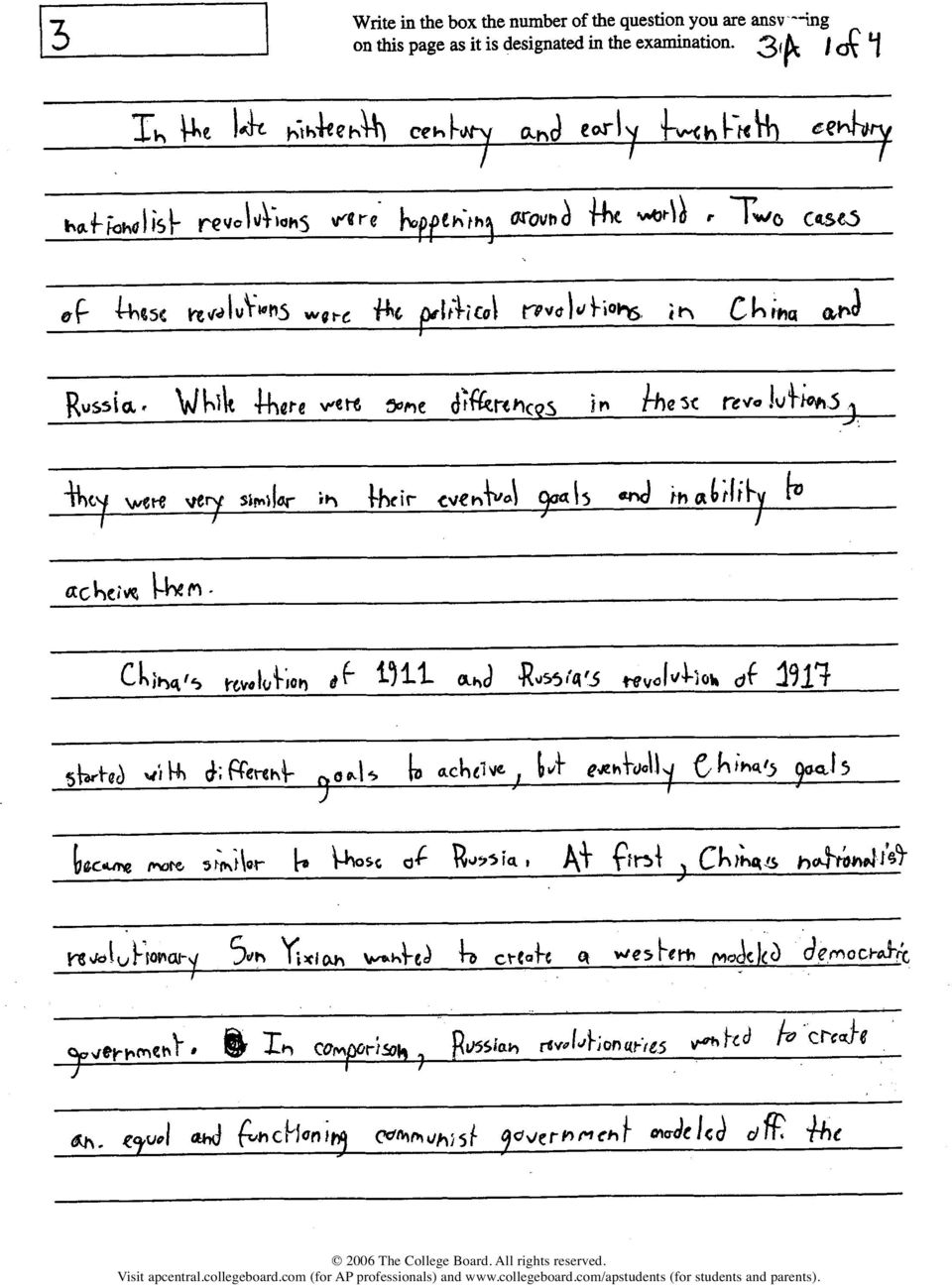
Beethoven Piano Sonata No.4 in Eb major, Op.7 Analysis. A detailed guide that analyzes the structural, harmonic and thematic frame. 1. Allegro Molto E Con Brio 2. Largo con Gran Espressione 3. Allegro 4. Poco Allegretto E Grazioso.
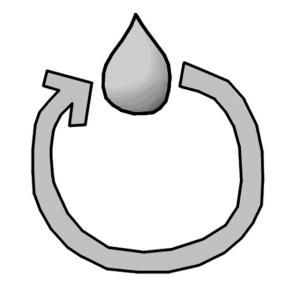
The three op. 12 sonatas, dedicated as a set to Antonio Salieri, were not in fact Beethoven’s first works for violin and piano. He had already written a fragmentary work in A major at the beginning of the 1790s, though what we have amounts to about four minutes’ worth at most.

Brahms c minor quartet. Brahms, Piano Quintet in f minor, Op. 34 - earsense dissertation quantitative Johannes Brahms (1833-1897), Piano Quintet in f but a marvelous analysis by Ivor Keys reveals that just about everything is for string quartet plus piano.

As in the last movement of Brahms’s Cello Sonata op.38 (and indeed in Beethoven’s third Rasumovsky quartet), the op.88 Quintet’s finale is a fusion of sonata and contrapuntal forms, albeit in a more lighthearted vein. Here, too, we hear Brahms drawing upon the music of the past: the first subject area consists of a fugal exposition in.

